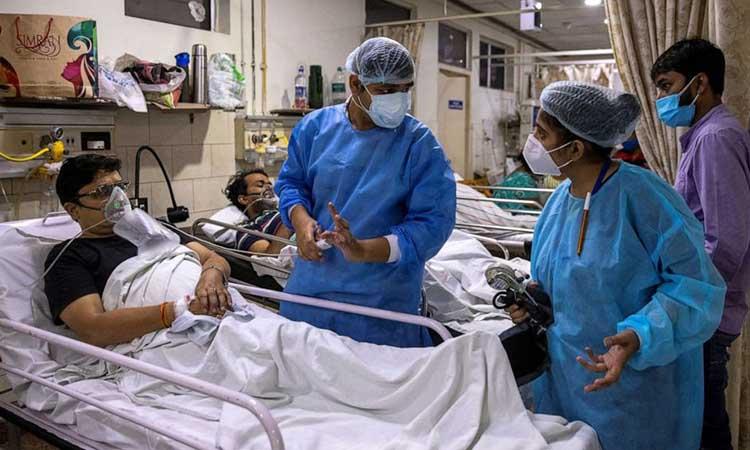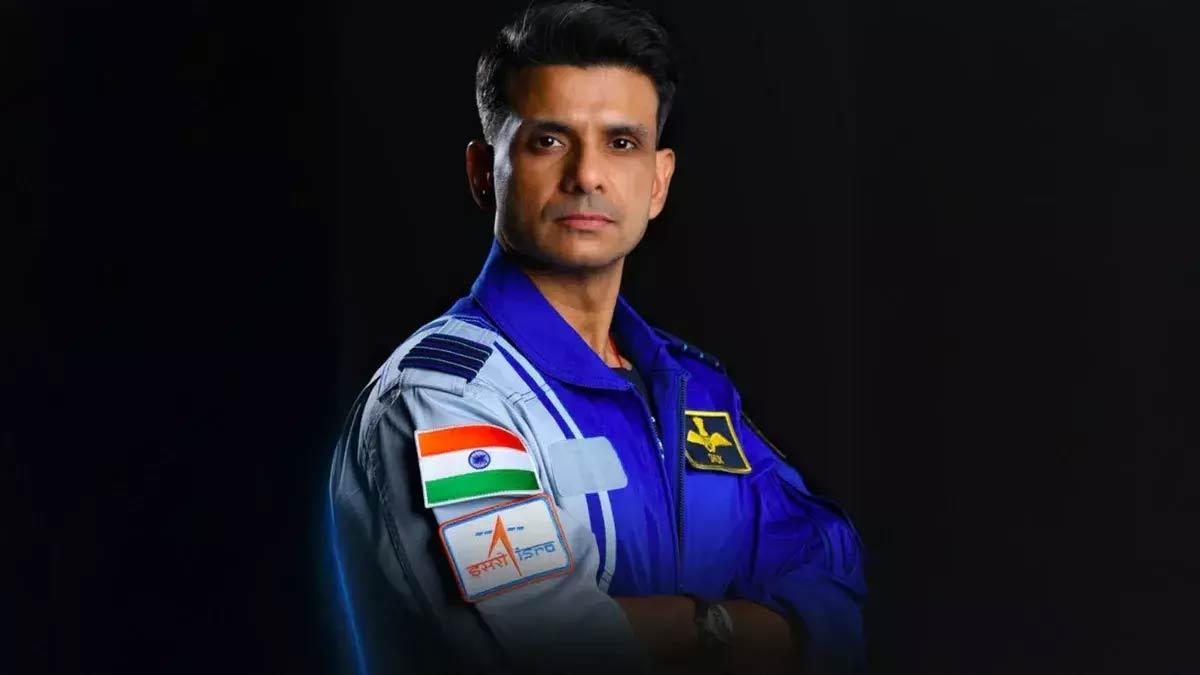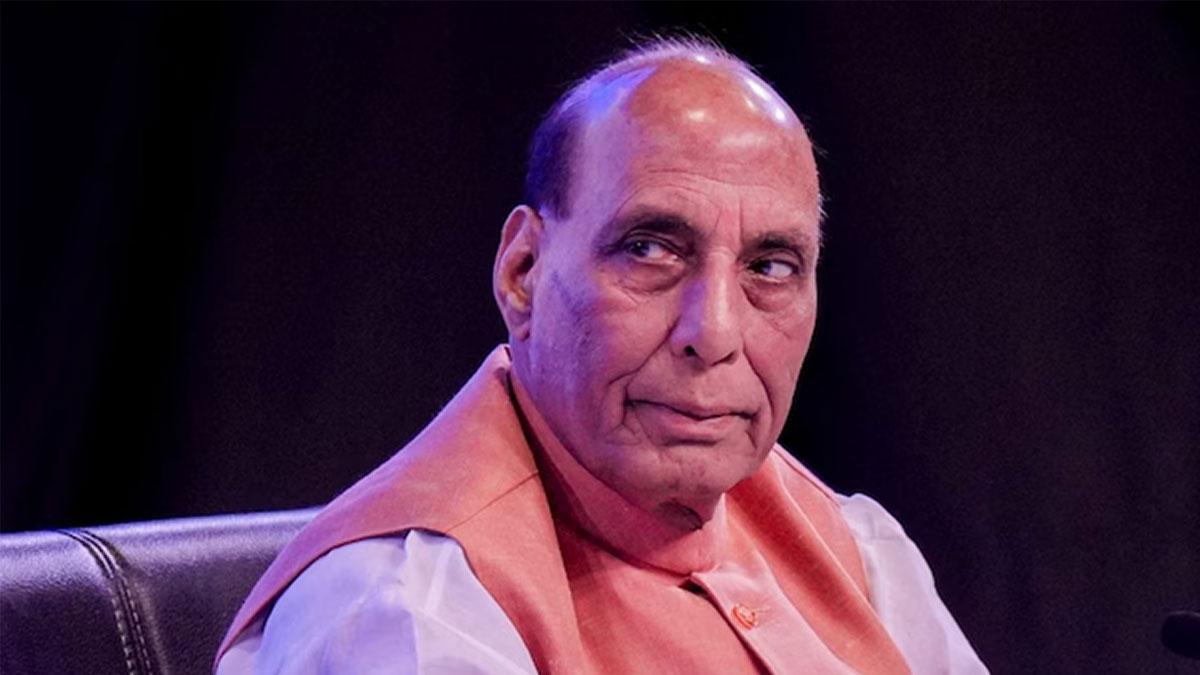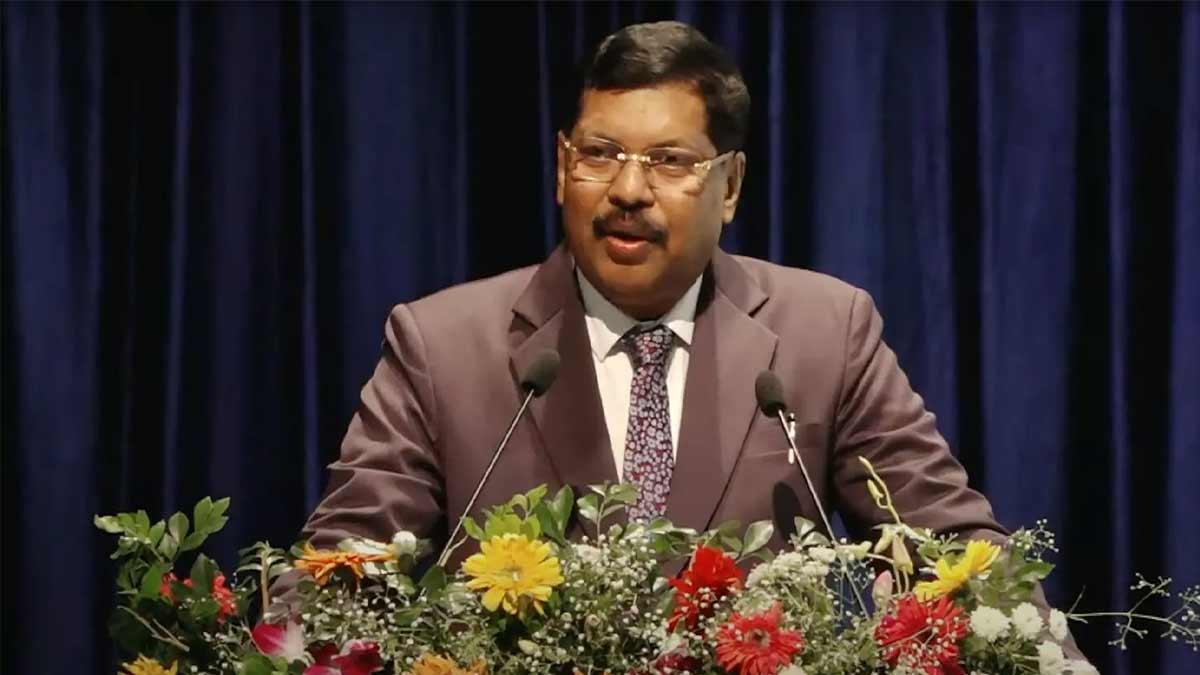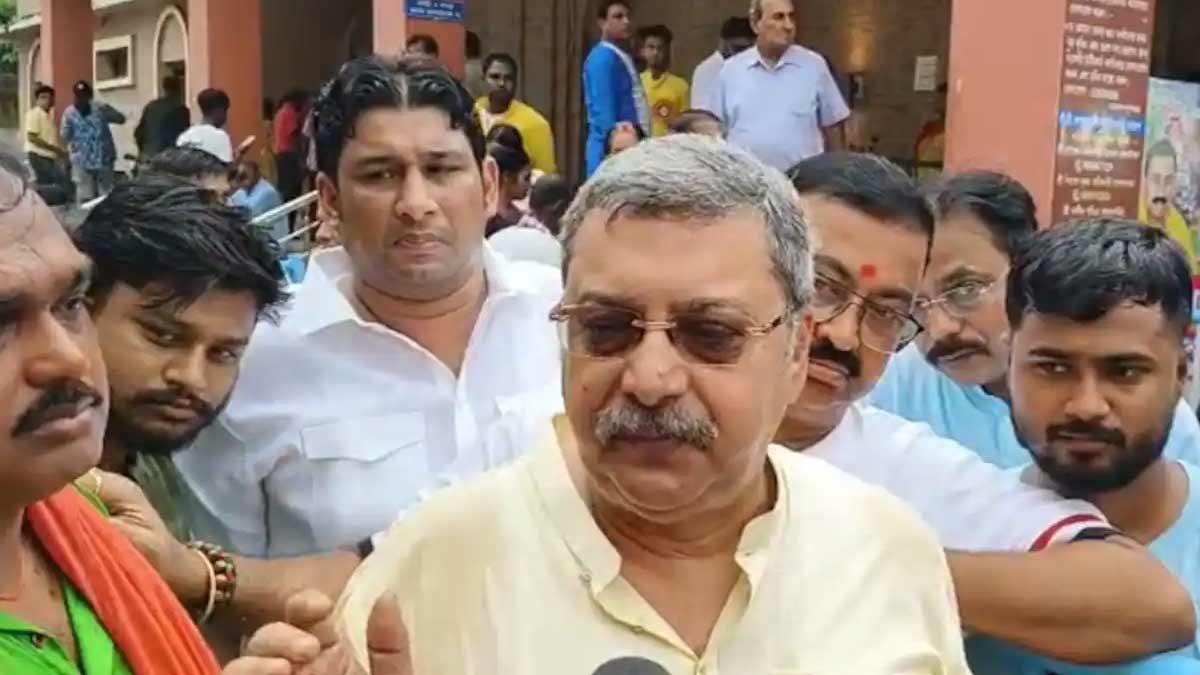While launching the Ayushman Bharat Digital Mission (ABDM) on Monday, Prime Minister Narendra Modi Monday said that the programme has the potential of revolutionizing India’s health facilities. The govt's move has come amidst the call for reforming the healthcare sector, which will see citizens equipped with unique health IDs, mimicking the payment revolution that Unique Payment ID (UPI) brought in India. The pilot project was initially announced by PM Modi during his Independence Day speech from the Red Fort on August 15, 2020. So far, over 1 lakh unique health IDs have been created across six states and Union Territories. The flagship digital initiative involves the creation of not just a unique health ID for every citizen, but also a digital healthcare professionals and facilities registry.
Here is how Ayushman Bharat Digital Mission will benefit the patients:
1. If a person wants to register on ABDM and be a part of it, they must create a health ID through the ABDM registration portal, which will randomly generate a number. The ID will be used for mainly three purposes, unique identification, authentication, and threading of the beneficiary’s health records.
2. One can get a health ID by self-registration on the portal or by downloading the ABDM Health Records app on one’s mobile, available on both Google Playstore and Apple Store.
3. The documents required for registrations are: For Health ID creation through mobile number- Name, Year of Birth, Gender, Address, Mobile Number. For Health ID creation through Aadhaar- Name, Year of Birth, Gender, Address, Mobile Number, Aadhaar Number.
Also Read | SC: Court's power of contempt can't be taken away by legislative enactment
4. Furthermore, a Personal Health Record (PHR) will be created which will contain most of the details of the patient.
5. PHR is a simple self-declared username, which the beneficiary is required to sign into a Health Information Exchange and Consent Manager (HIE-CM). Each health ID will require linkage to a consent manager to enable sharing of health records data.
6. This will help the healthcare sector in reducing inefficiencies and improving clinical outcomes. This will also help hospitals track their patients more closely. For the health insurance industry, the data will help in the robust underwriting of policies.
7. The process of generating a Health ID does not require mandatory usage of Aadhar. One can opt for phone number registration if they don’t want to use Aadhar.
8. One can access their digital health records right from admission through treatment and discharge. Second, they can access and link their personal health records with their health ID to create a longitudinal health history.
9. One can also delete their Health ID and exit the platform which will remove all their details from the database. There are two ways to do it, one is to delete the Health ID completely, which will delete the entire database of the patient. The other option is deactivation which will temporarily disable the access for ABDM into your database until the person activates their account again.
10. In case of any query and for further details, one can log in to the official website of the National Health Authority at healthid.ndhm.gov.in.

